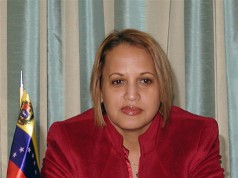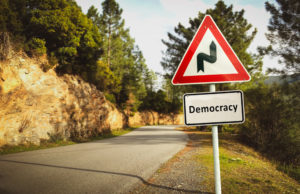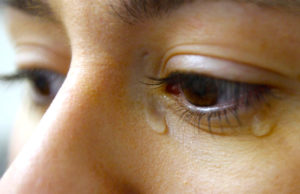— The beat cop quickly discovered why the three men at the entrance to
the storage yard had bolted as he pulled up in his patrol car.
Inside the walled enclosure he saw 3 tons of cocaine and a large-scale processing lab, evidence of
The mid-December raid in this port city’s Bastion Popular industrial zone capped a record year for
counter-narcotics police. They seized 63 tons of cocaine, twice as much
as in 2008, and destroyed seven drug-processing laboratories, up from
two.
The week before the Bastion Popular raid, Ecuadorean anti-narcotics police pulled off another major seizure in
In October, police arrested six Colombians in nearby
During the year’s most spectacular raid, police in
May confiscated 28 tons of cocaine-laced molasses that was about to be
shipped, allegedly by Russian mobsters, to
Traffickers’ growing use of Ecuadorean labs to process cocaine from unrefined paste imported from
The increase is a result of tighter controls in those two countries on chemicals used to process the powder, said police Col.
International experts have estimated that as much as 200 tons, or one-third of the cocaine produced in
Combating the cartels has gotten more complicated
since U.S. surveillance aircraft left the Manta air base in June after
President
— as well as the departure of U.S. Coast Guard vessels from Ecuadorean
waters — has lengthened response time to suspicious activity.
The upshot: a sharp decline in captures of
cocaine-laden fishing boats and others that head out to sea to
rendezvous with larger smuggling vessels.
“Manta was our eyes and ears,” said one Ecuadorean
police official who asked not to be identified because of security
concerns. “They had equipment we don’t have.”
Traffickers, including Colombian paramilitary
groups, leftist rebels and drug gangs, are considered responsible for
an increase in sicariato, or contract killings.
U.S. anti-drug officials praise Loaiza and his police force for fighting a war for which they are relatively underequipped.
“In the global context, we had a very successful year,” Loaiza said in an interview at his office in
“Our intelligence is better, we have good
cooperation with our neighbors and we are more efficient watching our
borders, highways and ports. … But since we are a growing platform
for drugs from
Despite Correa’s expulsion of the U.S. aircraft and
his sometimes anti-American rhetoric, U.S. officials have consistently
praised his assistance in anti-drug operations.
“
The seven labs taken down last year were situated
from the Colombian and Peruvian borders to the eastern jungle lowlands
in Sucumbios state. In June, police near Cuenca seized 23 tons of
sodium hydroxide, one of a dozen chemicals used to process cocaine.
The owners of the lab raided last month in Bastion
Popular invested in double-concrete-block walls and a watchtower near
the entrance.
Often, cocaine seized in
bears the trademark of the Colombian cartel that owns it, as was the
case with the cocaine seized in Bastion Popular. But none of the eight
Ecuadoreans arrested have identified their employer.
“They’d rather do eight or 10 years in prison than risk talking,” said one police official.
—
(c) 2010, Los Angeles Times.
Visit the Los Angeles Times on the Internet at http://www.latimes.com/
Distributed by McClatchy-Tribune Information Services.













